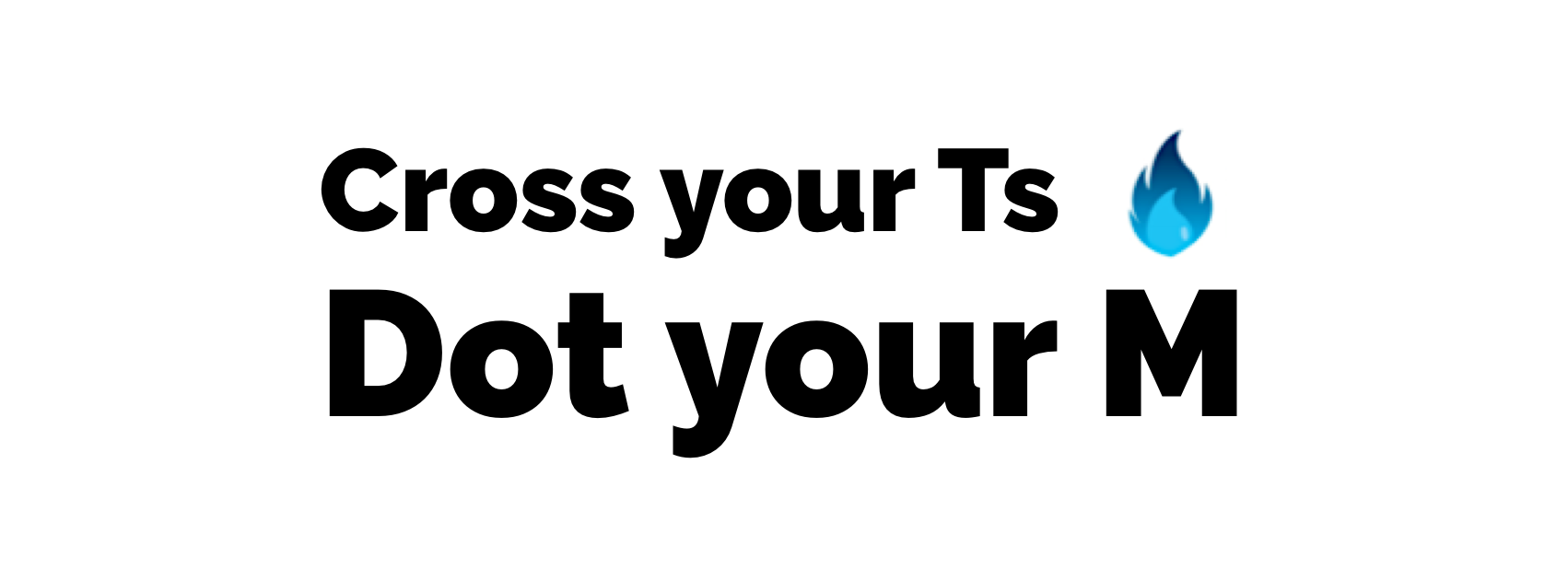Ironman Wisconsin: The Past + The Plan
Iron-distance race strategies are unique. Even amongst the pros, it is mostly the course that defeats you, not the other competitors. A successful race day boils down to execution of the plan and staying within your limits. A small mistake here and there, especially early on, might seem inconsequential but the day demands everything you’ve got so you don’t want to waste a single drop of energy.
Before I go into my plan for Wisconsin this year, I’ll recap my race from two years ago.
As I often say: a result isn’t the same thing as a performance. The numbers don’t paint the whole picture. Overall, I was satisfied with my effort that day. The goal was an AG win/ticket to Kona but alas, the mistakes I mentioned earlier defeated me. Of course, there’s no way of knowing if a few minor changes could have made the difference on that day, but they sure didn’t help and will be a key focus going into Wisconsin: Round 2.
The Ironman is a War of Attrition. The whole goal is to keep enough energy to last throughout the race. Energy comes from either fats or carbs and varies depending on intensity. For a basic understanding, use the image below:
The crossover point is somewhere close to your threshold, with the far right end being an all out effort at VO2 max. Ironman intensity is somewhere to the left of the crossover…however, when you start the swim too hard (like I did) or burn matches going up hills in the large chain ring (like I did) or waste energy on an inefficient pass (you get the idea) you spend time burning a higher percentage of carbohydrates. This is important because you only have a limited supply. Even an extremely lean person has nearly 45,000 calories worth of stored fat. Meanwhile, you have about 2000 calories of stored carbs in the form of glycogen (100g in the liver, 400g muscle glycogen, 500g total). One of the main forms of “bonking” or hitting the wall happens when you run out of glycogen, so the goal is to either not run out at all, or run out as late as possible. Unfortunately, we burn carbs at a rate of 2-3g/min and can only replace them at a rate of 1-1.75g/min. If we assumed we could burn fat due to low intensity and stay at 2g/min (or 120g / hour) while intaking 1.75g/min (or 105g per hour) then we would be fine! However, the more we try to take in, the more likely stomach issues are.
Seemingly it is impossible to pull off a good Ironman nutrition strategy! Well, two things are important to consider for most age groupers. The first is that the intensity should be much lower since the goal is likely to finish, rather than to race and place high. The second is that walking through aid stations on the run significantly reduces your intensity and can help you take in extra calories.
There is a third factor that I’m taking a course on currently that involves increasing the rate at which we burn fat through dietary choices, but more on that experiment later.
Thankfully, by training in the aerobic zone we can teach ourselves to utilize fat better, and by pushing our threshold upwards we can sustain a higher intensity while still burning fat - a winning combination and why hiring a coach and having a specific training plan for you is incredibly important (not so subtle plug 😉).
So, with a little more math, here is my basic plan for Wisconsin this time.
Swim - The goal is to get through the swim as smoothly as possibly. Find my way inside just inside the buoys and sight off the line of people who choose to swim way to the outside. There’s not as much drafting that happens here, but allow your heart rate to stay low. Hug the buoys as you pass them and get to the outside of the turn buoys efficiently. Set an alarm for every 5 minutes on the swim to remind yourself to mentally re-engage while staying relaxed. Kick hard for the last 200m or so to bring blood flow to your legs and wake them up.
T1 - The swim to run transition at Wisconsin is fun but dangerous. You get out of the water and run up the helix of a parking ramp, where supports stand and scream the whole way up. It’s easy to let this good feeling go to you head and try some heroics by sprinting up, but it will cost you some valuable glycogen! Stay relaxed and think through the gear change. Helmet on, shoes on, bars in pockets, get to the bike, turn bike computer on while running to the T1 exit, and go!
Bike - Here is where the nutritional fun begins. The change in orientation of body position from prone to upright, along with any water taken in can make for some gnarly stomach issues. Get a few sips of water in during the first 10 minutes but allow your stomach to settle. From there, follow the math below. 6 bottles plus your reserve in the front. 4 bars in your back pocket. Even if you don’t feel like eating, get in the calories, you’ll need them later. From a pacing perspective, stay at your target. 73% FTP, 210 watts. Of course, if your power meter doesn’t work then go by feel. You’ve ridden the course and know what to expect. Shift before hills begin so that you don’t have a huge power spike at the start. Plan your nutrition for 10 minutes but know that sometimes you just have to get it in when you can get it in due to hills and turns. Above all else, be in aero whenever you can. Try to remember what time you start the 1st loop and see if you can make your second one just as fast, but remember you still have a marathon to run!
T2 - Get up the helix on the bike as easy as you can. Pull your socks, shoes, bib, sunglasses, and hat on and go for a nice jog!
Run - Your legs will feel like jelly but strangely want to go too fast. Do what you can to settle in to a comfortable pace. The goal here is not to see how fast you can run, but to see how many cups of Red Bull you can drink at the aid stations. Grab some pretzels to have something to munch on if it sounds good, but stick to those two since they won’t hurt your stomach. The big hill is on UW’s campus, take it as smoothly as you can and try to let your legs flow on the downhill, but walk it if your quads are hurting. Every couple miles, reassess how the pace feels, and how nutrition is going. Any increase in pace is erased if the last 3 miles are walk/jog to the finish.
Overall - Relax and enjoy the day. You’ve prepared well, time to reap the rewards. When it starts to hurt, embrace it. Embrace the suck. Sure, you can have parents and friends tell you how you’re doing in your age group, but the race is you vs. you…and you have another one in 5 weeks. Keep your powder dry for as long as you can. What is missing here are times, and while I have goal times, the plan is focused on the process. Pairing my metrics (paces, power, HR) with my effort (perceived exertion) requires presence. However, there is a subtle difference here between being conscious of these things and worrying about them. Creating unnecessary stress isn’t beneficial either. Even though your muscles are working hard, a huge portion of your glucose goes to your brain! Find that place that is one stage before autopilot - aware of what is happening with a sense of calm. The worry stage often presents itself physically in the body with tense shoulders or a vice grip on your handlebars. Scan through and notice where you can let go of the things (mentally and physically) that aren’t helping in the moment.
Goals - Below you’ll find my goals for the race. My hope is that I’m over an hour faster than I was in 2017, which seems realistic for a few reasons. The first is that I’m a much more efficient swimmer. I could have certainly swam 1:07 two years ago, but my stroke wasn’t very economical nor were my tactics intelligent. I wound up gassed with a mile to go in the water due to wasted energy. The second reason is bike strength/endurance. My FTP going into the ‘17 race then was roughly 250w at roughly the same weight. My FTP going into this race is around 300-310 and has been as high as 320 during large bike blocks. The reason this especially to Wisconsin is that there are several hills (the “three bitches” and several smaller unnamed but equally as prickly ones) that are almost impossible not to hit 330+ watts even while going 5-10mph. In 2017, this meant I spent almost 30 minutes at or above my threshold! With a higher threshold, the chances of this happening are much smaller, saving precious glycogen. I also have a lighter bike and more aerodynamic position, which helps for the bike but also translates to the run. Being more efficient in the first two while also being faster means that I’ve spent less overall energy by the time I start the run. I have a place goal in mind, but we will have to see how the race shakes out.
Looking back and looking forward, I realize that something of importance that I haven’t mentioned are the people. Thankfully, both races I had/will have a large amount of teammates and supporters out on the course. Triathlon is an individual journey, but the journey is much more enjoyable if other people come along for the ride.
All in all, I’m looking forward to the day and plan to document more of the process and thoughts on social media along with a post race breakdown on the newsletter afterwards.
Happy racing,
Coach Griffin






